New electrode material for solid-state batteries improves performance
Green Car Congress
FEBRUARY 21, 2021
A research team from Japan has recently developed a novel electrode material for all-solid-state batteries (ASSBs) by combining lithium sulfate and lithium ruthenate, which results in improved performance. However, they have never been applied to all-solid-state batteries. —Nagao et al.

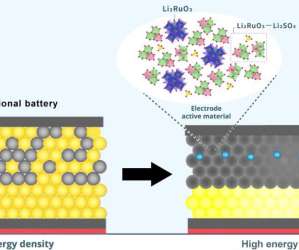








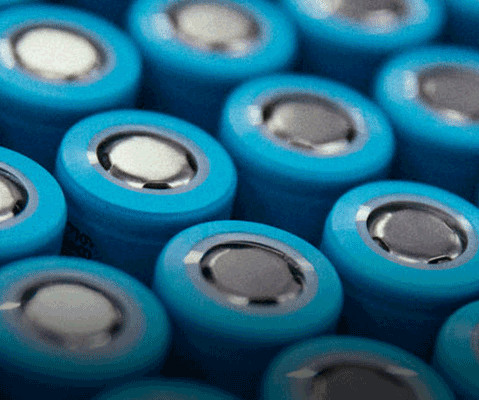









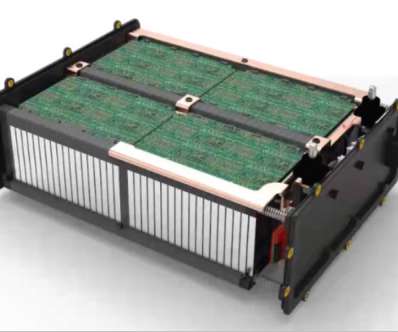






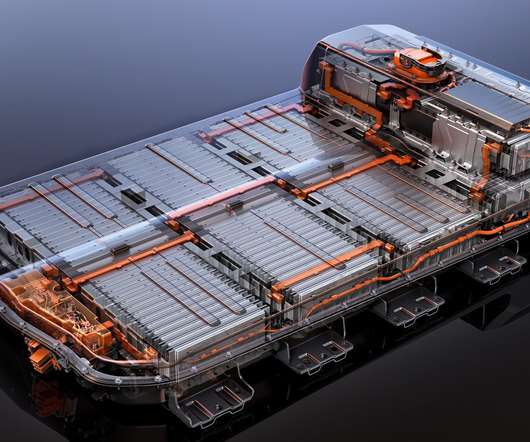








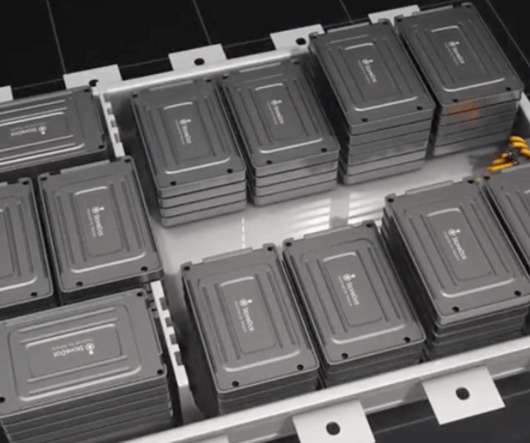







Let's personalize your content